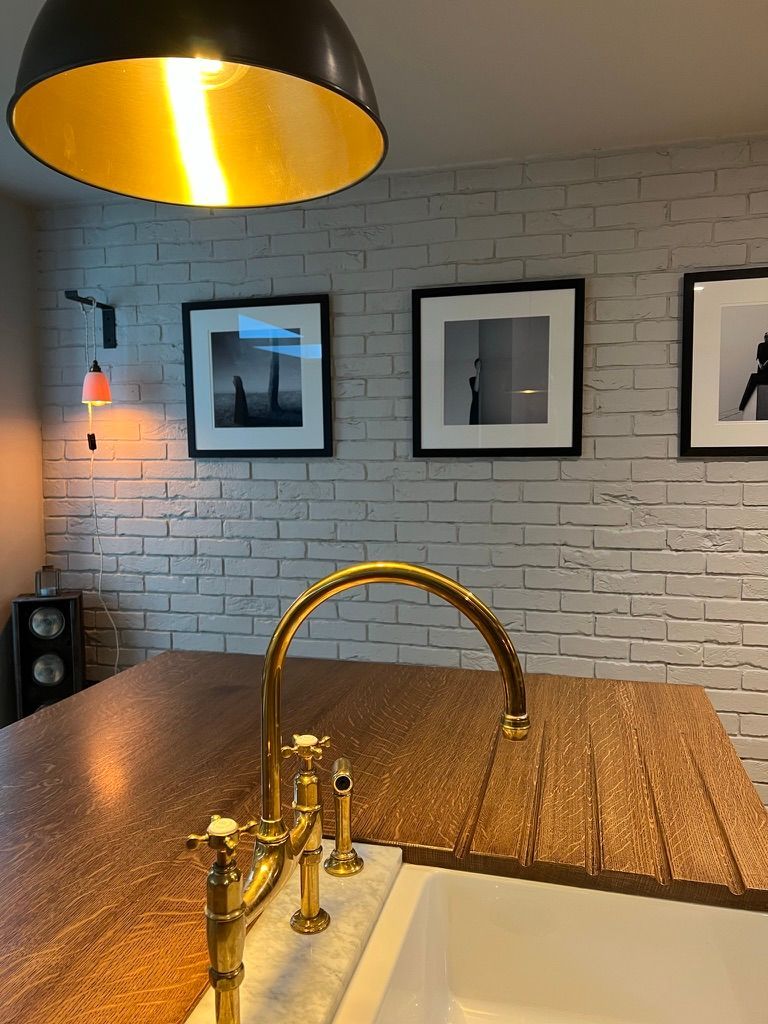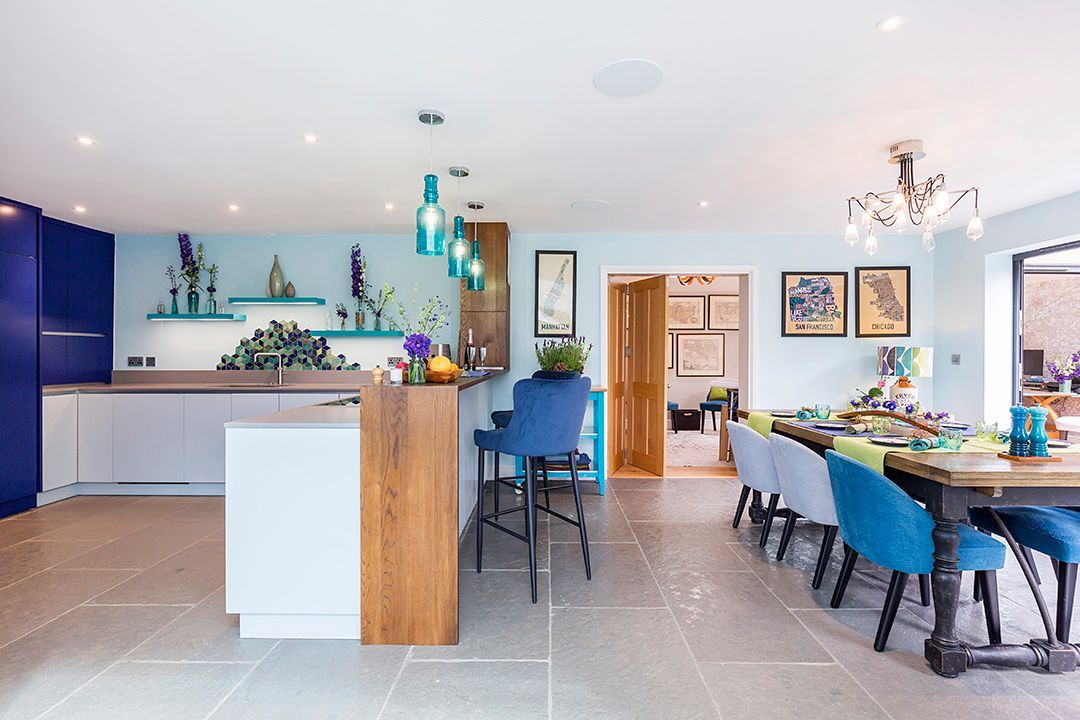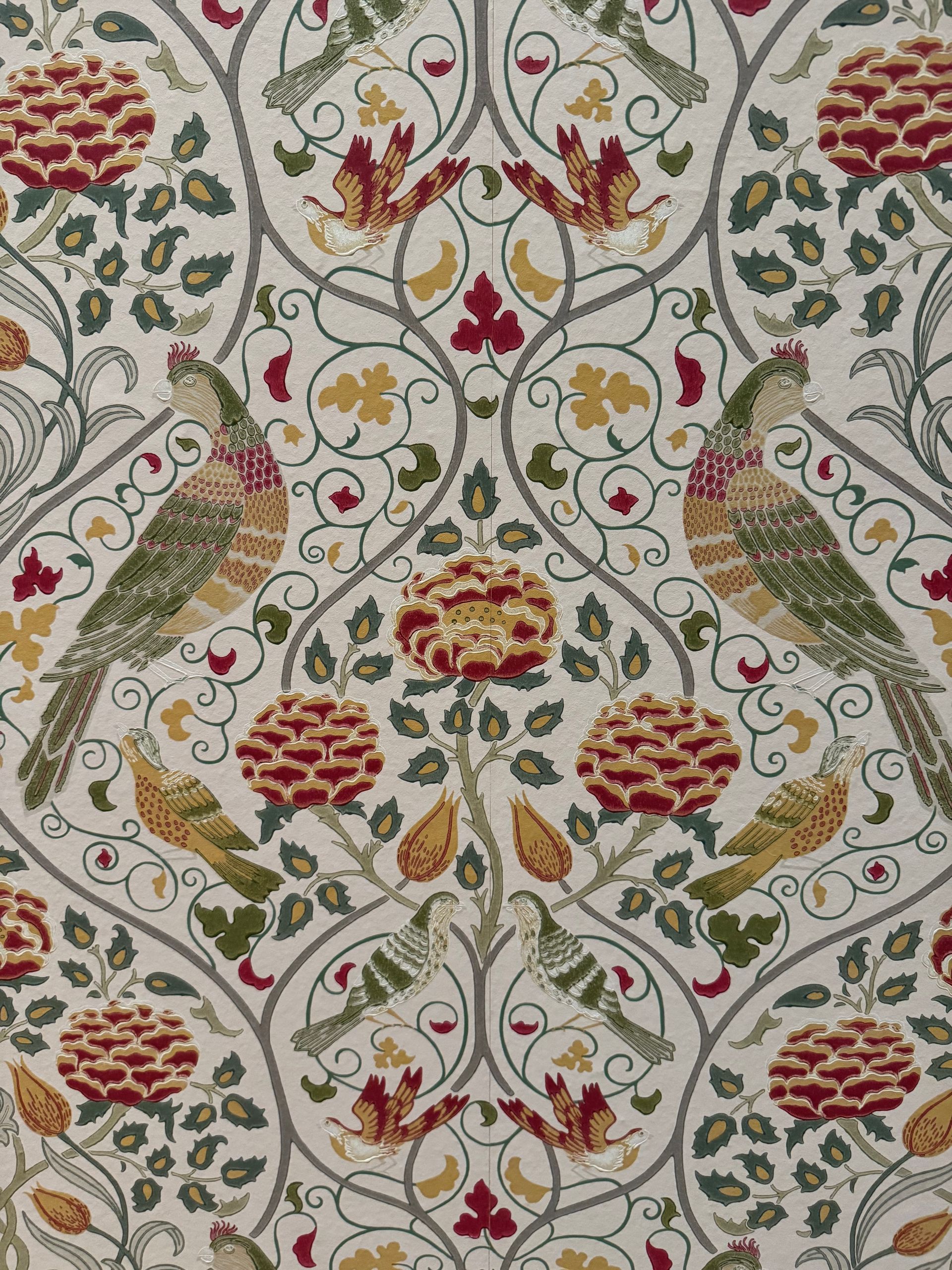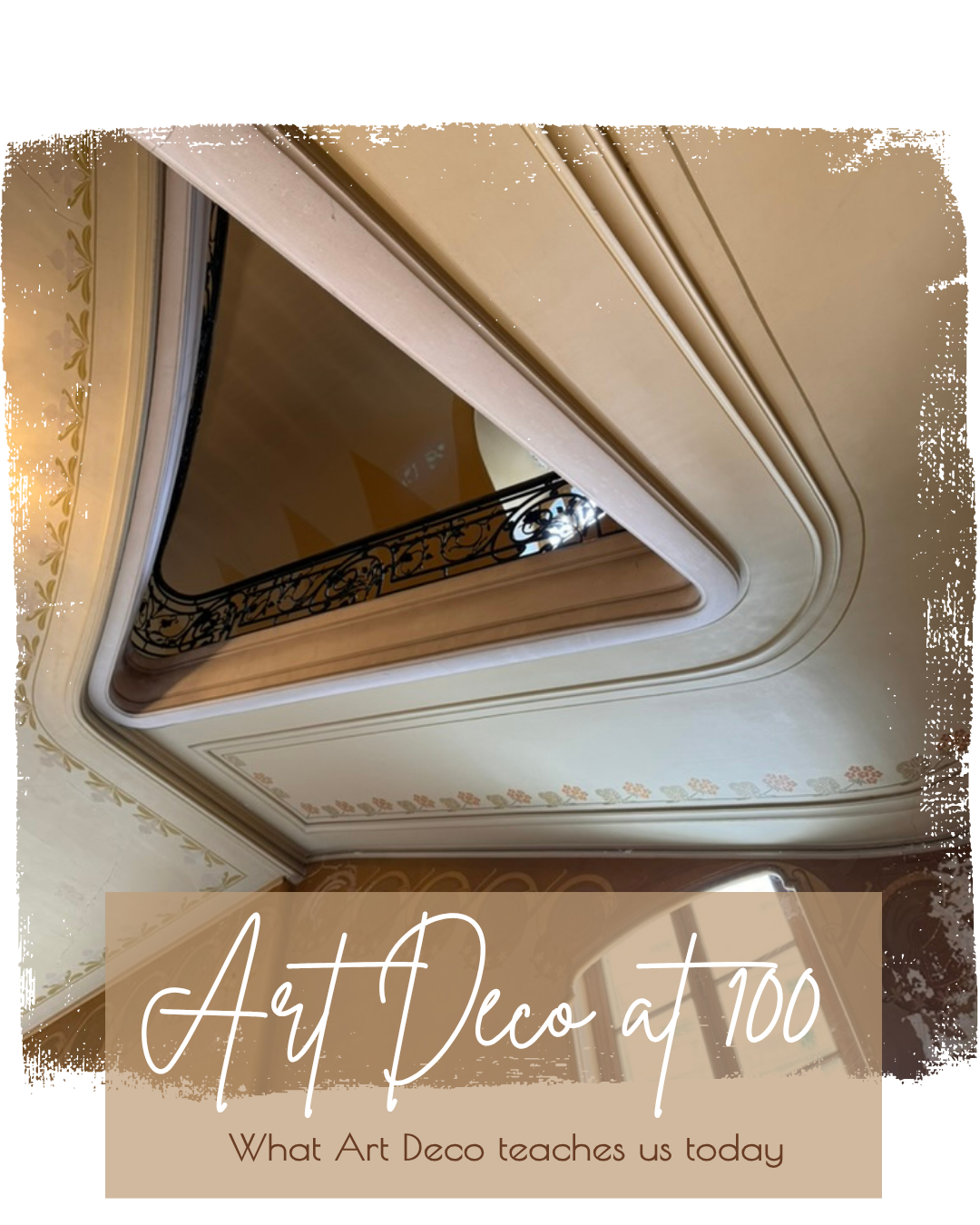A Step-by-Step Guide for Your Renovation
1. Think About How You Live
Before choosing a kitchen style or layout, reflect on how you use the space:
- Do you cook daily or just occasionally?
- Is the kitchen purely functional, or a hub for socialising?
- Will you eat in the kitchen or dine elsewhere?
- Do you need room for children, pets or working from home?
- What’s currently frustrating about your existing kitchen?
This will shape every design decision, helping you prioritise practicality as well as aesthetics.
2. Respect the Character of Your Home
When designing a kitchen for a period home, it’s important to create a space that feels harmonious with the rest of your property. Whether you're working with Georgian, Victorian or Edwardian architecture consider:
- Traditional details like shaker cabinets or tongue-and-groove panelling
- Natural materials such as wood, stone or aged brass
- Soft, heritage-inspired colour palettes
- The balance between original features and modern functionality
- Making the most of the architecture you have so you're not fighting against it. Highlight the quirks.
A thoughtful design will feel timeless, not trendy, and sit comfortably in its setting.
3. Prioritise the Right Layout
The best kitchen layouts support how you move through the space. Start with the classic kitchen triangle—the relationship between the sink, hob and fridge, but adapt it to your lifestyle.
Modern layouts may also include:
- A kitchen island or peninsula for prep, dining or socialising
- Dedicated zones for baking, coffee-making or kids’ homework
- Open-plan designs that flow into living or dining areas
Need help zoning an open-plan kitchen? Feel free to get in touch.
4. Choose Durable, Beautiful Materials
The best kitchens combine beauty with long-term durability. Think beyond surface looks and consider materials that will stand up to daily use:
- Cabinetry: Solid wood or high-quality painted MDF
- Worktops: Quartz, composite or natural stone
- Flooring: Stone or tiles with underfloor heating
- Splashbacks: Tiles, glass, steel sheets
Opt for finishes that are easy to clean, family-friendly and cohesive with your home’s style. Avoid materials that are difficult to look after or stain easily.
5. Don’t Underestimate the Details
Finishing touches give your kitchen personality and polish. These include:
- Handles and hardware – antique brass, matte black or ceramic, or go without handles
- Taps and sinks – filtered and boiling water taps, Belfast sinks or contemporary mixers
- Lighting – statement pendants, under-cabinet lighting and task lighting
- Colours – do you want your kitchen to feel calm, bold, cosy or energising?
Using colour psychology can help you choose tones that make your kitchen feel just right. The Georgians started painting their dining rooms in earthy reds, yellows and oranges as they had worked out these colours make you feel hungry.
6. Use a Checklist to Stay on Track
There’s a lot to think about when choosing a kitchen, and it’s easy to miss something. That’s why we’ve created a free Kitchen Planning Checklist, available for download when you sign up to our monthly newsletter.
It covers everything from layout and storage to style choices and lighting, so you're organised and ready to move forward.
Or if you prefer to chat through options and need some ideas book a consultation to get you started.














